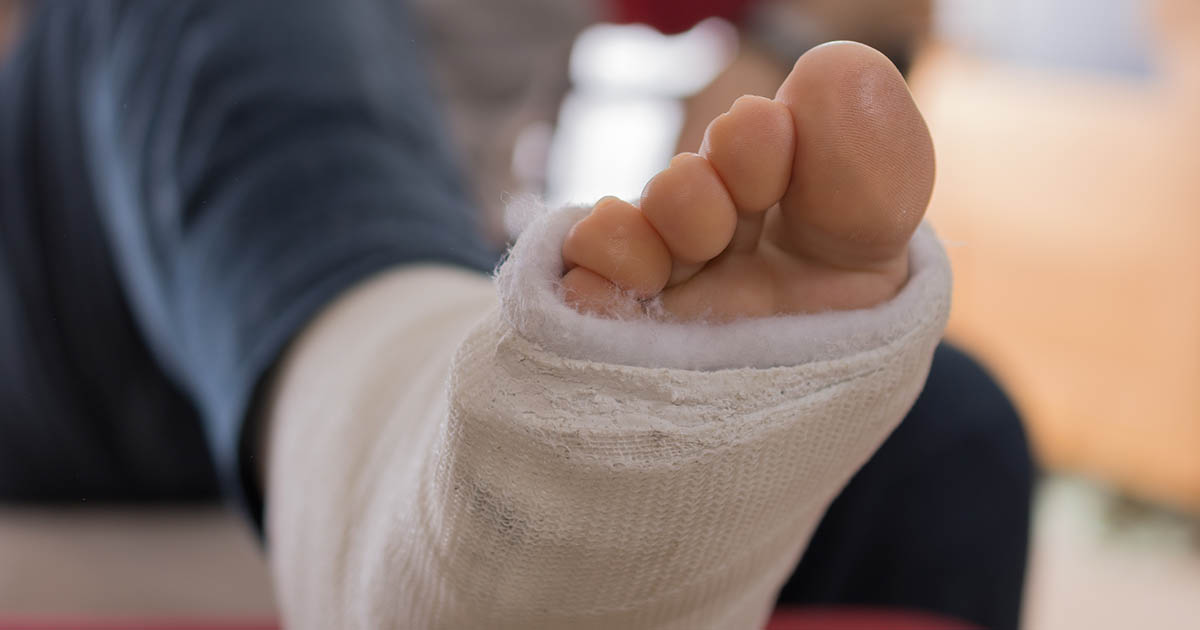Signs Of Paget's Disease
Bone Fractures

Normal bone is strong because old bone is broken down and replaced with new, healthy bone, a process called remodeling. Paget's disease causes a derangement of this normal process and bone is broken down too quickly. Instead of being replaced with healthy bone, the replacement bone is misshapen, weak, and easily broken. When the bones are weak, bone fractures can occur with normal use. Compression fractures of the vertebra may occur, and these may cause pain in the back or neck. Suggested treatments for bone fractures caused by Paget's disease are designed to help increase bone strength, inhibit the breakdown of bone, and also slow the progression of other Paget's disease symptoms, such as hearing loss.
Joint Pain

Joints are body points that connect bone to bone, and a flexible substance called cartilage protects bones from rubbing up against each other. Deformed bones caused by Paget's disease can put pressure on nearby joints, causing pain, swelling, warmth, and redness around the affected joint, similar to osteoarthritis. Paget's disease may also damage the joint's cartilage, allowing partial or full contact of bone on bone. While joint damage for Paget's disease patients is often mild, it's possible it can become severe enough to require a joint replacement of the knee or hip.
